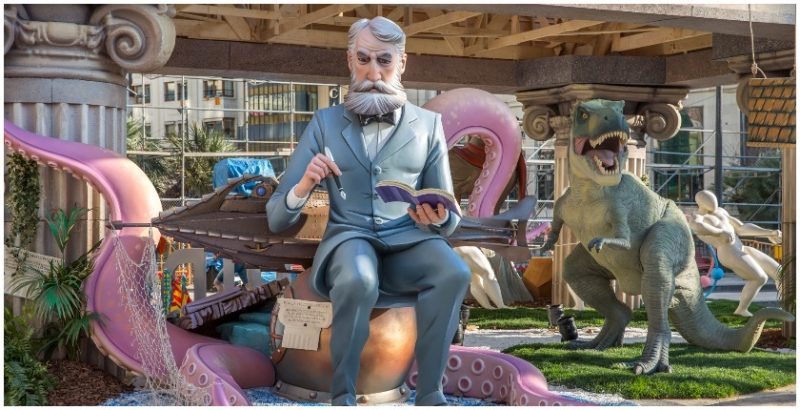Science fiction is what we call the stories that use what technology already exists to think about what technologies could exist in the future, and what those developments might mean for the people of that time. Although the term “science fiction” didn’t come into use until the 1930s, as a genre it started to gain traction much earlier than that.
When thinkers and story-tellers of the 19th century found themselves living through an age of incredible technological advancement and social and industrial change, it’s only logical that they would start asking themselves what those changes meant for the world we live in and to make some predictions about how it would all play out.
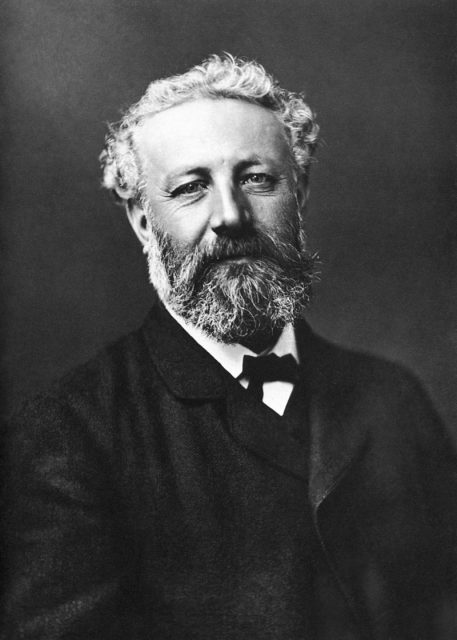
One of the seminal authors in the field of speculative (science) fiction was Jules Verne. Born in 1828, a solid 100-200 years before most of our modern marvels became commonplace, Verne nevertheless had a remarkably accurate mental picture of what many of those marvels would be. In his novels, he imagined technology that his peers found not only remarkable, but, in some cases, so unbelievable as to be nearly unpublishable. The predictions in the latter category were, in fact, some of his most accurate.
What sort of things did the father of steampunk imagine that actually came true?
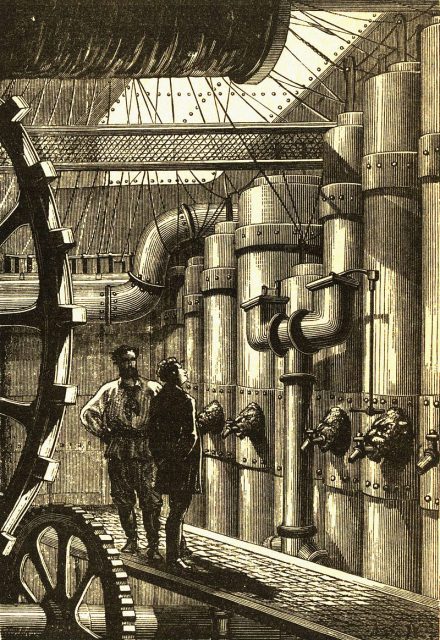
National Geographic put together a list of eight technologies he predicted that did, in fact, come to be. Arguably the most iconic of them is the Nautilus, the electric submarine he imagined in 20,000 Leagues Under the Sea.
At the time the book was written, electricity was still novel and even a little mysterious; however, by the mid-1960s, workable and entirely electric submarines had moved from the pages of books to the actual oceans.
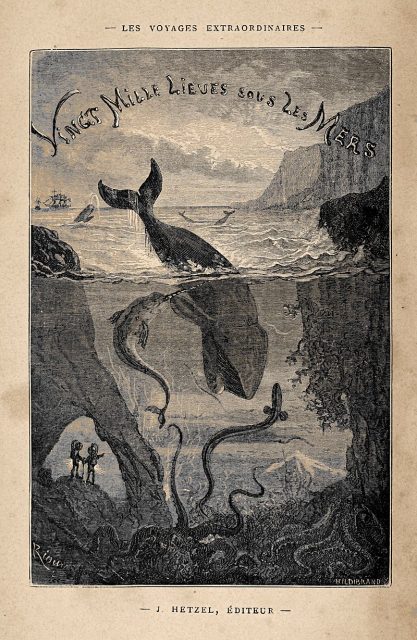
In 1865, he wrote From the Earth to the Moon. In that novel, he made several predictions about how space technology would develop.
One of the things Verne speculated about was the development of space vehicles that could be moved with light. In our modern times, that same idea has come to be known as solar sails, and the Japanese started launching them nearly a decade ago.
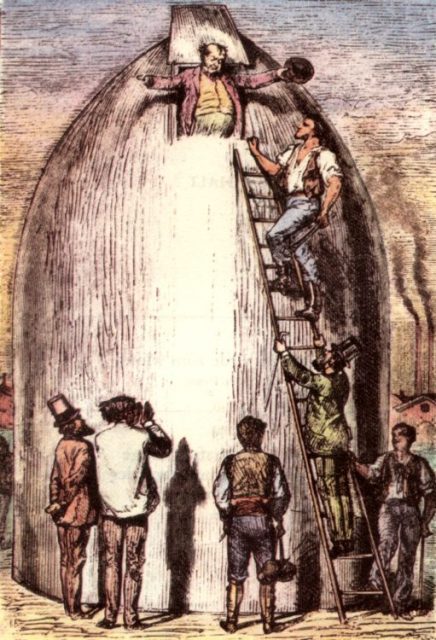
That same novel also described lunar modules, rockets that could take passengers from the Earth to the Moon, about a century before such a thing was ever built. As a sort of sub-set of the lunar modules, Verne also predicted space ships that could hit the ocean and float, just like the Mercury capsule.
Related Video: Airship Hindenburg Explodes 1937
https://youtu.be/ZumBAmyq7b0
Not all of Verne’s predictions were related to something as removed from our everyday life as space. In 1863, he wrote a novel called Paris in the Twentieth Century.
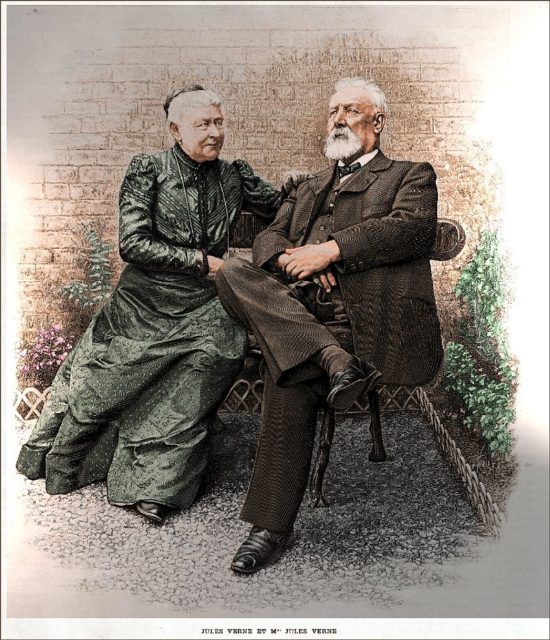
The novel wasn’t published at the time of its completion because it was considered to be too unbelievable and too pessimistic, so it was put aside and largely forgotten until its eventual publication in 1994. Verne’s “lost novel”’ is set in the year 1960, and describes a society that is as socially backward as it is technologically advanced.
Stolen History discusses the similarities between Verne’s predictions for the technology of the time and what had actually been developed. Those predictions included the use of elevators, fax machines, high-speed trains powered by magnetism and compressed air, automobiles with internal combustion engines, the paved highway system, cities lit at night by electric lights, and skyscrapers. He even envisioned basic computers which used a networking system very like the internet to communicate with each other.
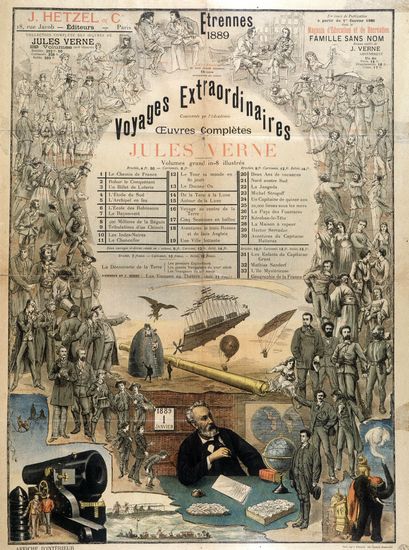
Besides just the technological marvels, however, Paris in the Twentieth Century was also a study on the impact that those developments had on society. He predicted the rise of suburban development, the spread of mass-produced higher education, the growth of feminism as women increasingly moved into the workplace, and the rise of births happening outside of the bonds of marriage.
He paints the Paris of 1960 as being rather soulless and driven by an adoration of business and progress at the expense of people’s emotional and spiritual lives. His view of the future involved people losing themselves in lewd or mindless forms of relaxation when they weren’t losing themselves in work.
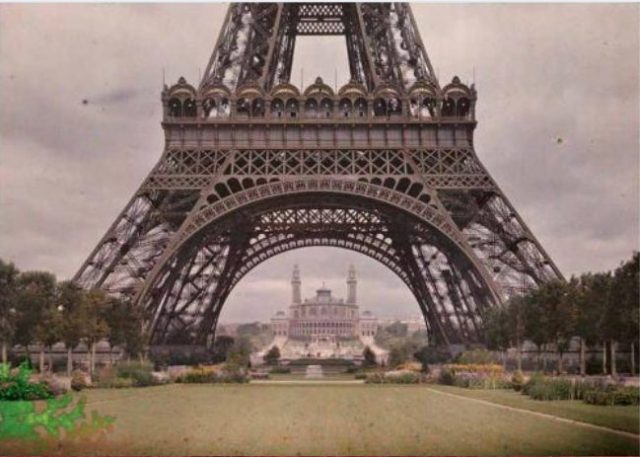
He may have been using his imaginings of the future as a means of working out his anxieties over the rapidly changing culture of his time, but does that render his vision any less accurate?
One of the traits of a first-rate storyteller is that he or she not only tells what happens, but also gives insight into how it happens and what it means for the bigger picture.
Jules Verne does that. In many ways, the body of his work not only inspires us to imagine what is possible, but also serves as a reminder that even the most wondrous things can have unexpected prices attached.
